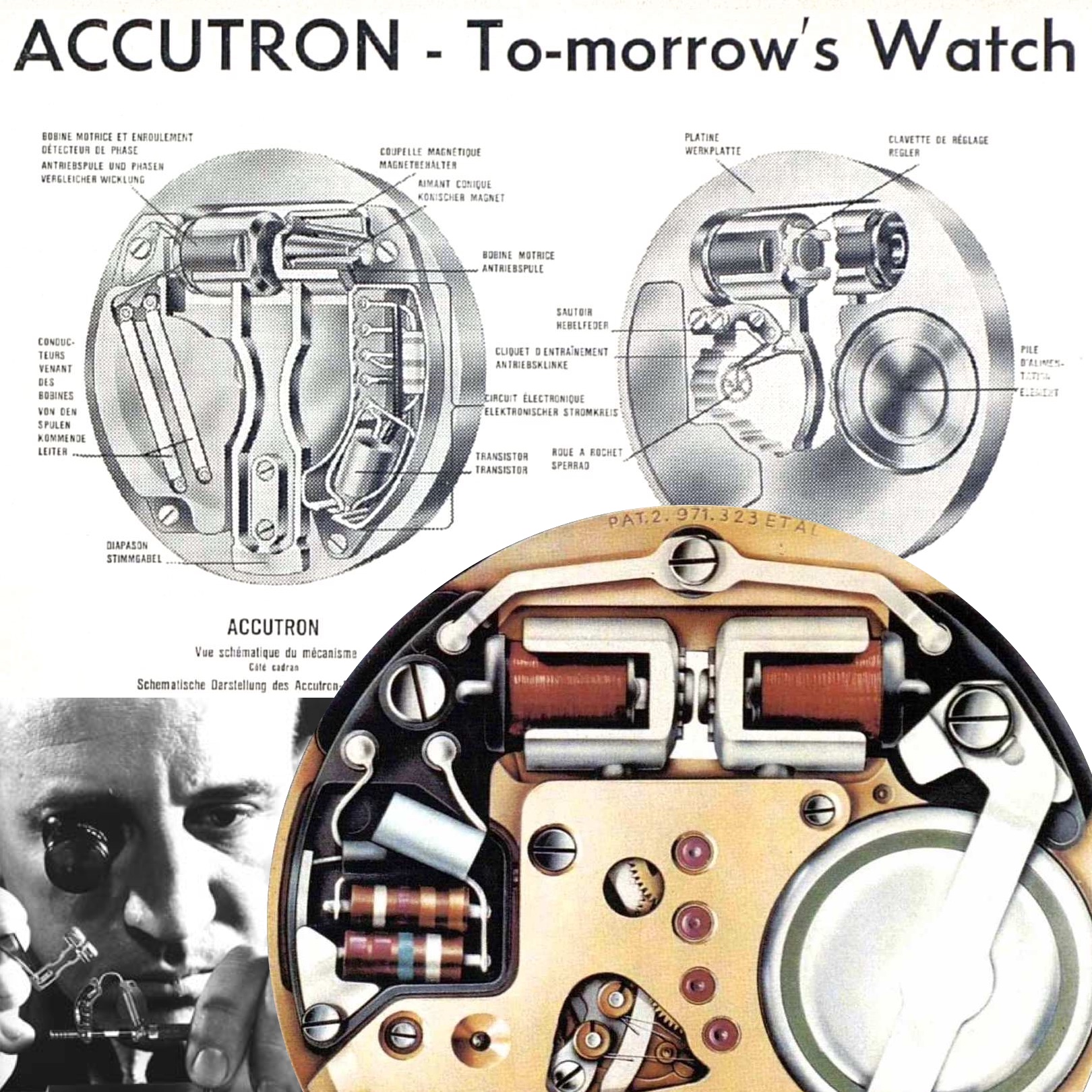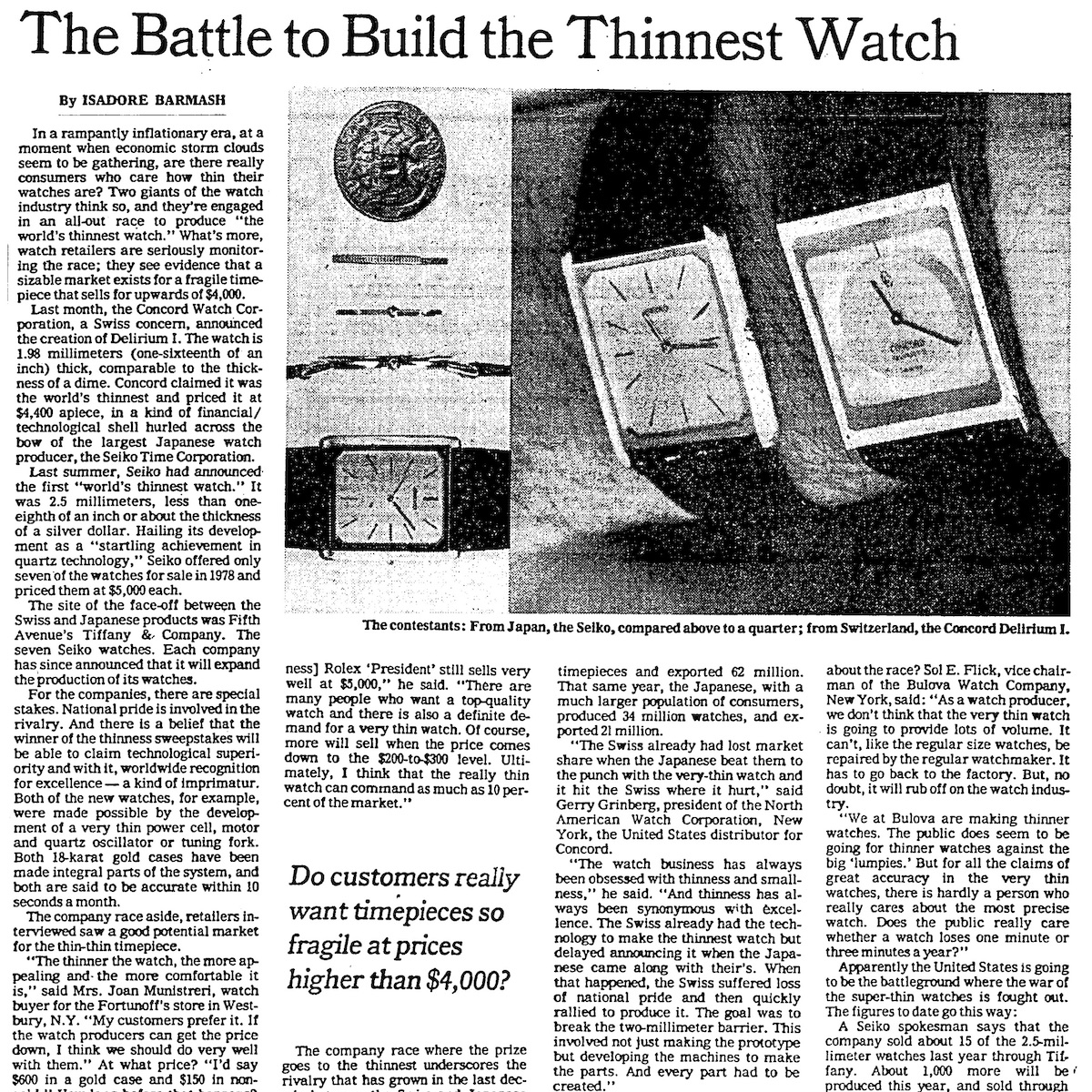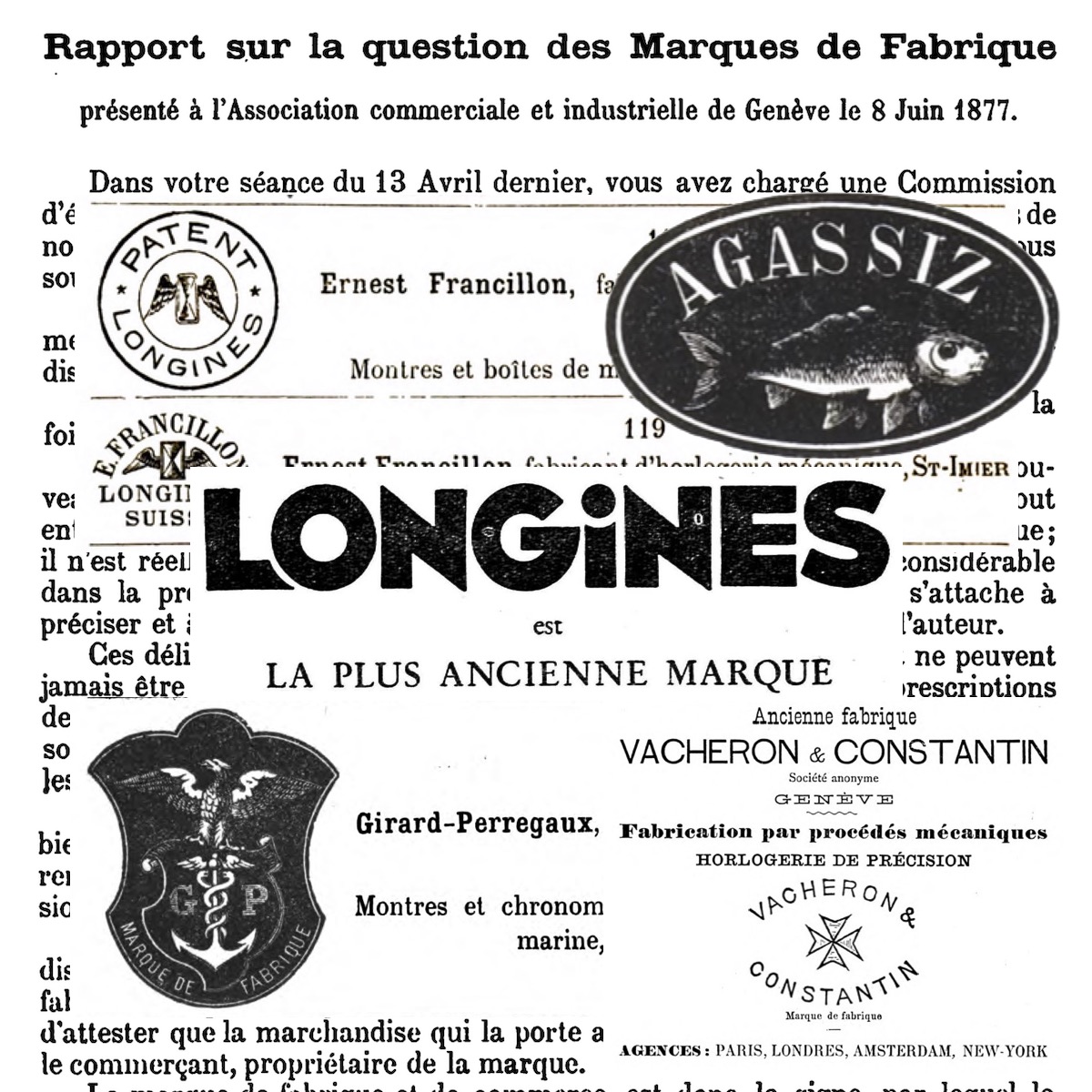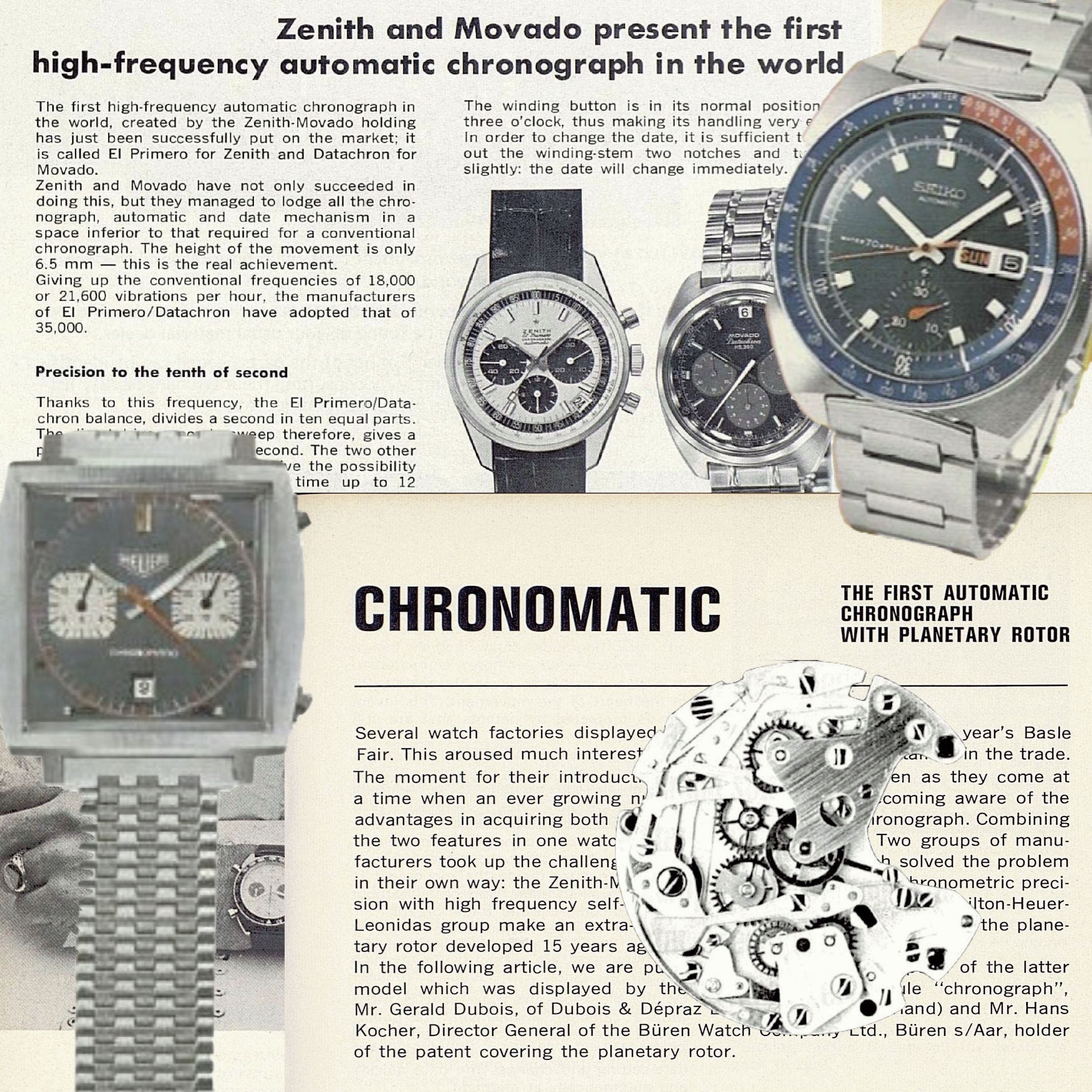On Christmas Day, 1969, the Seiko Astron was launched; this was world’s first quartz wristwatch. Or at least that’s how the story goes. But the truth is much, much more complicated, as I have been researching and writing about for months. Only a few examples of that Cal. 35 SQ Astron were produced, and it was so expensive that not many were ever actually sold. And a raft of other watches (the CEH Beta 1, Longines Ultra-Quartz, various Beta 21 models, and even the Bulova Accuquartz) could make a credible claim. So what was the first?
The First Quartz Wristwatch: 1967 CEH 1020 Beta 1
Read all about the CEH and the project that lead to the first quartz wristwatch in my previous article: CEH and the Beta 21: The History of the First Swiss Quartz Watch

It seems like a simple question: What was the world’s first quartz watch? But the answer depends on one’s point of view. Taken at face value, the answer is clear: The world’s first quartz wristwatch was built by the Swiss Centre Electronique Horloger (CEH) in the middle of 1967. Built by Jean Hermann and François Niklès, the prototype known as CEH 1020 contained the first example of Armin Frei’s Beta 1 electronic quartz movement. It worked well and was submitted, along with a few other examples, to the Neuchâtel Observatory chronometer competition in 1967.
Watches containing the CEH’s Beta 2 movement, an alternative designed by Max Forrer with reduced power consumption, were also constructed and submitted that year. And Suwa Seikosha, part of the Hattori company of Japan, also submitted prototype quartz watches that year. But Forrer’s Beta 2 and Seiko’s prototype were less well-developed. And Frei’s Beta 1 came first, according to all accounts, and his quartz crystal design was the key breakthrough that spurred the CEH to focus on creating such a watch.

The First Quartz Wristwatch Announced for Sale: 1969 Longines Ultra-Quartz
Read about the development of Longines’ Ultra-Quartz in my recent guest column for Europa Star, Longines: The Forgotten “First Commercial Quartz Crystal Watch”

Image: The Eastern Jeweller & Watchmaker (Europa Star) 113, 1969
On August 22, 1969, the world press was amazed as renowned Swiss watch manufacturer Longines announced the world’s first commercial wristwatch. The Ultra-Quartz used a unique “cybernetic” electronic quartz movement. A joint development of Longines’ Research and Development unit and Bernard Golay SA, the Ultra-Quartz is dramatically different from later quartz movements. Rather than using a flip-flop divider circuit, the Ultra-Quartz synchronized the oscillations of a 170 Hz vibration motor with a 9150 Hz quartz crustal. This reduced the number of electronic components to just 40, so Longines was able to use conventional discrete components rather than an integrated circuit chip.
The announcement of the Longines Ultra-Quartz was lauded by Europa Star at the time as “the first commercial quartz crystal watch” and was featured in a three-page article in The Eastern Jeweller & Watchmaker. The unusual “cybernetic” movement was considered a viable design at the time, and was one of 14 different quartz watch architectures presented in the magazine in 1972. There was no reason to believe that Longines would not be first to deliver a commercial quartz wristwatch, especially since most of the elements of the Ultra-Quartz were well-understood and proven. But the design itself was very much a prototype, with little thought given to production of the various elements. This was especially true of the vibration motor, which would prove trouble-prone, and the assembly of the tiny electronic components. Although not exotic, Longines did not have any in-house capability to assemble components of this sort.

Image: The Eastern Jeweller & Watchmaker (Europa Star) 113, 1969
Longines faced serious struggles constructing the Ultra-Quartz, however. The main issue was the fact that the R&D department was independent from the rest of the company. Facing internal resistance to building the watch, Longines lagged behind their competitors. In March, 1970, management assigned Claude Ray to oversee productization of the movement, and he was forced to reengineer it substantially. It was not until 1971 that a series of prototypes of Longines Cal. 6512 were constructed, and a run of just 200 commercial examples followed in August 1971. By this time, Ebauches SA had taken over Longines, and the Beta 21 movement was available in volume.

Image: The Eastern Jeweller & Watchmaker (Europa Star) 129, 1972
Not only did the Ultra-Quartz ship after the Seiko Astron and Beta 21, it would ultimately not even be the first quartz watch from Longines. As a member of the CEH, Longines showed their Beta 21 Quartz-Chron model at the Basel Fair in 1970 and was able to ship this before their in-house movement. Still, the Ultra-Quartz was the first commercial quartz wristwatch to be announced.
The First Commercial Quartz Wristwatch: 1969 Seiko Astron 35SQ

On Christmas Day, 1969, Seiko released the first-ever quartz watch for sale. The Astron 35SQ was very much a tentative and limited model, and it was only released for sale in select stores in Japan. Cased in a solid 18k gold case, the initial price was ¥450,000, US$1,250 at the time, or about $9,000 today. IEEE Milestones reports that 100 were sold, but it is likely that very few were truly sold and delivered at retail, and there are reports that many faced technical issues and had their movement replaced early on. But some examples were undoubtedly sold and delivered, making the Seiko Astron 35 SQ the world’s first commercial quartz wristwatch.

The original Cal. 35SQ was very similar to the prototype delivered to Neuchâtel in 1967. It included a number of forward-thinking technologies, notably a tuning fork-shaped quartz crystal, which is similar to what is used today, as opposed to the bar-shaped crystals used by the Swiss. It also used an integrated circuit, developed by Intersil in the United States, to reduce the 8192 Hz crystal frequency to drive the wheel train stepper motor once per second. Additionally, the round movement was well-developed and allowed a more conventional watch. Indeed, the case, which is widely recognized today, was used at the time for a number of mechanical watches as well.
Seiko rapidly addressed the shortcomings of the original Cal. 35SQ, delivering a number of new movements from both Suwa (today’s Seiko Epson) and Daini Seikosha. Cal. 3502 switched to a 16 Khz crystal as early as 1970, with as many as 1,800 examples produced over the next year. The rare Cal. 36 from Daini also appeared in 1970, a truly remarkable accomplishment even though it did not last long: The two Seikoshas had developed not one but two quartz watch movements at the dawn of the technology.
Seiko moved rapidly to use C-MOS technology and bring all components of the quartz watch movement in-house. They had digital display prototypes in 1972, bringing these to production in just a few years. Seiko’s dominance of quartz watches (and the entire watch market) happened quickly, with 1.7 million quartz watches shipped in 1975, 25 million in 1980, and over 100 million in 1990!
The First Quartz Wristwatch Produced in Volume: 1970 CEH Beta 21
Read about the CEH Beta 21 watches in my previous article: CEH and the Beta 21: The History of the First Swiss Quartz Watch
On April 10, 1970, the Swiss watch industry proudly unveiled the production version of the CEH Beta watch movement project. The Beta 21 was intended to be the most important announcement in the history of the Swiss watch industry. So it must have been a grave disappointment when Longines announced first, Seiko got to market first, and four other Swiss quartz projects were announced at the same time. But the Beta 21 had numerous advantages over the others: It was supported by the manufacturing might of Ebauches SA and Omega, it was available to over a dozen watch brands at once, and it was promoted by the FA. Ultimately, the Beta 21 would be produced in volume, with over 6,000 examples sold including over 1,000 by the mighty Rolex. Although not the first announced or sold, the Beta 21 was undoubtedly the first important commercial quartz watch.



The CEH was a very different place by 1970. Armin Frei and Rover Wellinger were gone and Max Forrer was the new director. When the decision was made to produce a quartz movement for sale, the design was based on Forrer’s Beta 2 design. Although ultimately a dead end, the Beta 21 gave the Swiss industry a credible claim as a player in the market for electronic watches.
Perhaps the best-remembered Beta 21 watch is the original Rolex Ref. 5100 Quartz watch. Despite being one of the most expensive watches available at the time, the groundbreaking Rolex Quartz sold 1,000 examples immediately after the Basel Fair. This model was also the first Rolex model with a sapphire glass crystal and quick-set date complication!

Image: The Electronic Watch and Low-Power Circuits, IEEE
America’s First Quartz Wristwatch: 1972 Bulova Accuquartz
Read more about the development of the Bulova Accutron, the Watch of the 1960s
If the Longines Ultra-Quartz is unknown to history, the Bulova Accuquartz is ignored. Despite the widespread publicity generated by quartz watches after their world-beating performance at Neuchâtel in 1967, they made very little impact on the watch market for nearly a decade. Only a few hundred examples of Seiko’s original quartz watches were sold, the Ultra-Quartz was delayed for two years and ultimately produced in similarly small numbers, and the Girard-Perregaux Elcron and Omega Megaquartz were expensive and slow to market. Even the “successful” Beta 21 only saw 6,000 customer examples. And none of these were available for sale in the large but price-sensitive United States market.

Image: The Eastern Jeweller & Watchmaker (Europa Star) 127, 1972

The age of mass-market quartz watches truly arrived in December 1971 with the release of the Bulova Accuquartz Cal. 224. Like the Ultra-Quartz, this new Accuquartz coupled a quartz crystal with a vibration motor, but Bulova designed Cal. 224 for mass production in existing factories. It was compact, slim, and reliable. Stunningly, Bulova launched the Accuquartz at just US$395 and ramped up production quickly enough to have examples for sale in shops around New York by Christmas.
The affordable Accuquartz dominated American-market electronic watch sales until mass-market quartz watches from Seiko, Casio, and Citizen arrived later in the decade. Although not technically the first quartz watch, the Accuquartz was the first seen by most average people. And it showed that quartz watches weren’t what Seiko or the Swiss thought they were. Quartz was a technology for the masses, and would dominate the market starting at the low end rather than challenging expensive watches on the basis of accuracy.
Today, Bulova Cal. 224 Accuquartz watches are widely available, with most good examples costing about the same in 2020 dollars that they cost in 1972.
The Grail Watch Perspective: The First Quartz Wristwatch Was Not What You Think
What was the first quartz wristwatch? It depends.
- Armin Frei’s CEH 1020 Beta 1 was the first functional quartz wristwatch, and it beat the world for accuracy in 1967
- Longines and Golay designed the first commercial quartz wristwatch, but the Ultra-Quartz was delayed long enough to be forgotten
- Seiko’s “Christmas Day 1969” Astron 35SQ scooped the Swiss and deserves recognition as the first quartz wristwatch to be sold
- The CEH Beta 21, and especially Rolex’s Cal. 5100, was the first quartz wristwatch produced in volume
- The Bulova Accuquartz Cal. 224 was the first mass-market quartz wristwatch
One could make the case that other watches deserve the credit as well: Seiko’s Cal. 38, introduced in 1971, was produced in large numbers; the 1970 Hamilton Pulsar captured the world’s imagination; the ESA Swissonic 1000 range brought quartz to the entire Swiss industry; the Timex Cal. 62 was affordable enough to be an impulse purchase in 1972; the Swatch made watches an entire category of fashion. The list goes on. There was no “first”, only a succession of developments.






Thank you for this informative article. Given how inexpensive an extremely accurate quartz watch became by the late 70s, it is hard to imagine these watches commanding relatively high prices that they did. I do wonder what the margins were on these early pieces. I imagine Bulova’s margin on the Accuquartz was quite low causing its disappearance from the market in about 4 years. Interestingly, about a year or so ago I picked up a perfectly functioning Timex Cal. 62 watch on ebay for about $40. Looking at its construction and knowing Timex worked with several aerospace companies in its development, I would not be surprised if they lost money on each produced. Certainly, the replacement of the 62 with the 63 in only a year tends to point to this.
A very cool article for those who like to study the key stages of the evolution of wristwatches!
Thank you so much Stephen!